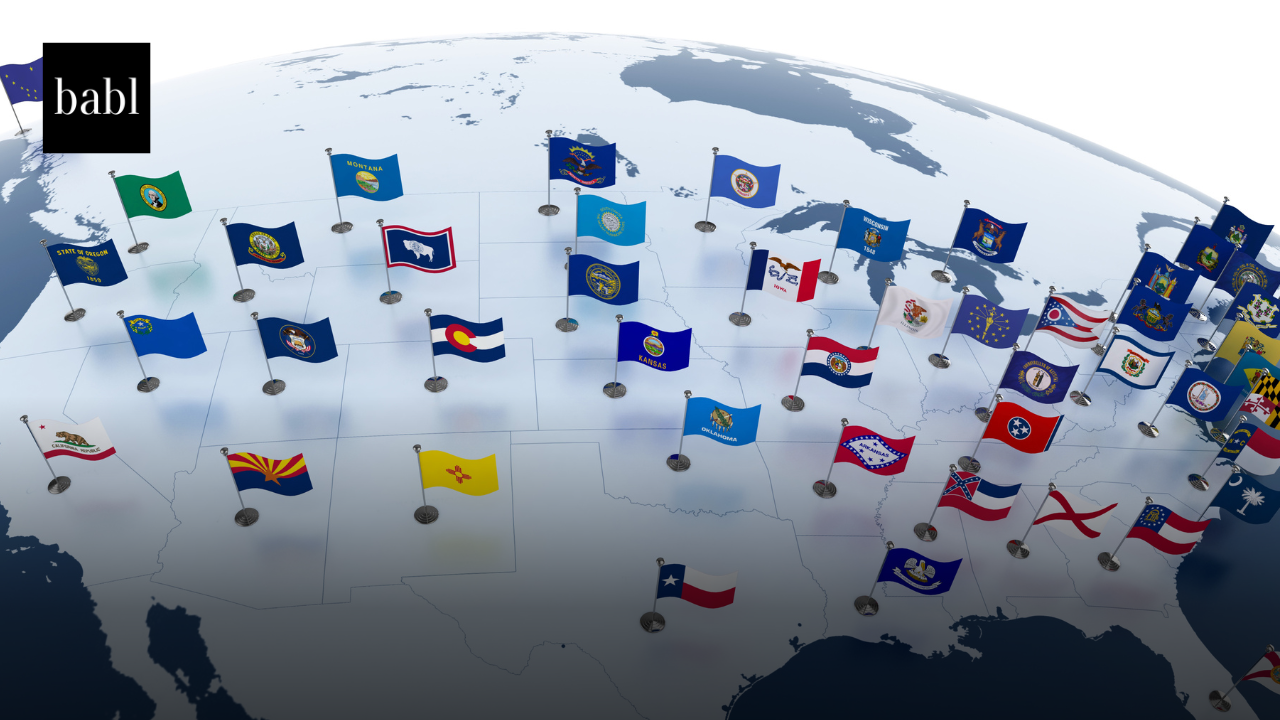The 2024 State CIO Survey, conducted by the National Association of State Chief Information Officers (NASCIO), provides an in-depth look at the priorities, challenges, and technological trends shaping state-level IT departments across the United States. This year’s survey highlights key areas such as generative artificial intelligence (AI), digital services, enterprise architecture, workforce development, and cybersecurity. As state CIOs continue to play a central role in modernizing government technology and services, the survey offers a roadmap for the future of digital transformation at the state level.
Generative AI’s Impact
Generative AI, which includes technologies like ChatGPT and other AI-driven platforms, ranked third in the top ten priorities for state CIOs in 2024. The report shows that over 60% of state CIOs have already begun implementing Generative AI tools and practices in their operations. Many CIOs have set up advisory committees, task forces, and responsible use policies to guide the ethical and secure integration of AI into state operations.
Generative AI’s use cases range from document generation and transcription to more advanced applications like cybersecurity operations and software code generation. However, the survey indicates that many states are still in the early stages of AI adoption, with some CIOs cautiously exploring the potential of these technologies while grappling with data quality, workforce skill gaps, and governance challenges.
Digital Services
Digital government services remain a priority for state CIOs, especially as citizens demand more online access to government services. The survey highlights that while demand has surged, states are facing significant hurdles, including inadequate funding, complexity in data digitization, and a lack of skilled IT workers.
To meet these challenges, CIOs have adopted various approaches, including engaging stakeholders, prioritizing cybersecurity, and creating enterprise-wide digital service strategies. Nearly half of the respondents have established dedicated digital services teams to drive innovation and improve user experiences. The push for a more citizen-centric approach to digital services continues, but many states report difficulties in securing the necessary resources and support from other government agencies.
Enterprise Architecture
Enterprise architecture (EA) has emerged as a critical tool for state governments, with 64% of respondents reporting that their states require agencies to adhere to established EA roadmaps and standards. EA plays a crucial role in streamlining IT procurement, improving service delivery, and ensuring that state IT systems are resilient and secure.
Business Continuity
The survey also underscores the importance of business continuity and disaster recovery planning, especially in the wake of the COVID-19 pandemic and increasing cyber threats. A majority of state CIOs operate under a federated model for disaster recovery, where responsibility is shared between the CIO’s office and individual agencies. CIOs view maintaining robust and reliable infrastructure as one of their most critical responsibilities in disaster response.
Workforce
Recruiting and retaining a skilled IT workforce remains a top challenge for state CIOs. The survey found that nearly all respondents (93%) are prioritizing workforce development, focusing on reskilling current employees, increasing workplace flexibility, and offering remote work options. Notably, 64% of states have eliminated four-year degree requirements for some IT roles, reflecting a shift toward more inclusive hiring practices.
However, diversity and inclusion in the IT workforce continue to be a challenge. While 48% of state CIOs measure diversity in their recruitment and retention efforts, many states face barriers due to statewide anti-DEI (diversity, equity, and inclusion) policies. Despite this, some states have made significant strides in creating DEI programs, with a focus on fostering a more inclusive workplace.
Cybersecurity Safeguards
Cybersecurity remains a top priority for state CIOs, with federal funding through programs like the State and Local Cybersecurity Grant Program (SLCGP) playing a crucial role in bolstering state-level defenses. The survey reveals that many states are leveraging these funds to offer shared cybersecurity services to local governments, including training, endpoint detection, and risk assessments.
As cybersecurity threats continue to evolve, state CIOs are calling for sustained federal funding beyond 2026 to ensure continued progress in safeguarding government systems and data. Many respondents also support the idea of a federal cybersecurity grant program specifically targeted at state governments, provided it complements existing whole-of-state approaches.
Need Help?
If you have questions or concerns about how to navigate the global AI regulatory landscape, don’t hesitate to reach out to BABL AI. Their Audit Experts can offer valuable insight, and ensure you’re informed and compliant.





